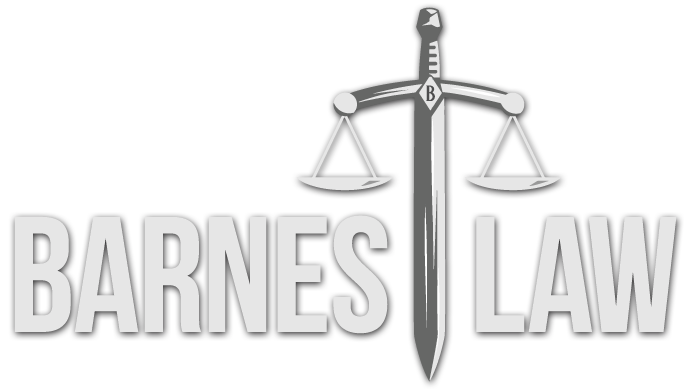Partnership Debt Forgiveness – What Could go Wrong?
Roughly 85 years ago the Supreme Court of the United States issued its landmark opinion,[1] which introduced the concept that income recognition can result when taxpayers realize relief from liabilities. The result of this case: relief from one liability may create another. On its face, the concept is simple enough: the Court formulated the principle that “the cancellation of indebtedness reflects a ‘freeing of assets’ and, therefore, ordinary income arises where there is a reduction to liabilities without a corresponding reduction in assets.” Congress followed suit and codified this recognition doctrine into the definition of gross income.[2]
The Supreme Court also addressed the distinction between recourse and non-recourse debt – a distinction that is critical in modern tax analysis. Non-recourse debt is secured by a single asset. Thus there is no ability to reach a borrower’s other assets if the debt goes unpaid. For example, a promissory note secured by a deed of trust against real property is generally non-recourse because the lender’s sole remedy is to foreclose on the property in the event of default. The lender cannot look to the borrower’s other assets to satisfy any deficiency.[3] Likewise, a recourse liability is one in which the lender can reach all of the borrower’s assets to satisfy the debt.
Simple enough. Either all of the borrower’s assets are subject to satisfaction or not. The tax implications should be equally straightforward.
Of course it’s not. In what might be a cruel joke on mankind, god invented Subchapter K of the Internal Revenue Code.
In order to determine a partner’s tax basis in a partnership, IRS Regulations provide that a partnership liability is recourse to the extent that any partner bears the economic risk of loss for that liability. A partnership liability is a nonrecourse liability to the extent that no partner bears the economic risk of loss. Naturally, “economic risk of loss” has been subject to substantial adjudication, and requires a factually intensive analysis to determine if and to what extent a party is subject to actual economic risk of loss.
In order to determine the extent to which a partner bears the economic risk of loss, it is necessary to perform a hypothetical partnership liquidation. If partnership liabilities exceed all assets and a partner is obligated to make a payment and is not entitled to reimbursement from another partner, the obligation is recourse to that partner. Unsurprisingly, over the last 85 years partners have concocted imaginative, complex payment and security arrangements, including guarantees, asset swaps, and other contractual obligations imposed outside of the partnership agreement. As a result, the applicable Treasury Regulations have become quite dense, particularly as these concepts require practitioners to consider additional tax rules, including minimum-gain rules and basis adjustments under I.R.C. section 752.
Keep in mind these rules only concern the partners. Don’t forget about the partnership.
A partner’s guarantee of partnership debt, and thus the tax classification of that debt as recourse or nonrecourse, does not affect the determination of whether a debt is recourse or nonrecourse to the partnership for purposes of determining taxable gain when debt is forgiven or extinguished. Therefore one debt could simultaneously be recourse to a partner and nonrecourse to a partnership, with unique tax consequences to both.
The result? A lot of rules, facts, and tax issues arise when a partnership is considering taking out a loan.
Life is not always easy. Why should taxes be any different?
— By Michael S. Cooper, Esq., Barnes Law
Michael Cooper is an associate attorney with Barnes Law, and is licensed to practice law in California.
The opinions expressed are those of the author and do not necessarily reflect the views of the firm, its clients, or any of its or their respective affiliates. This article is for general information purposes and is not intended to be and should not be taken as legal advice.
[1] U.S. v. Kirby Lumber (1931) 284 U.S. 1
[2] I.R.C. § 61(a)(12).
[3] Assuming the laws of the jurisdiction and terms of the note prevent the borrower from seeking a deficiency judgment.
